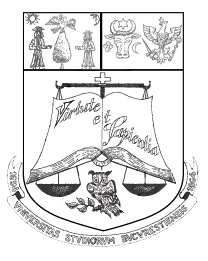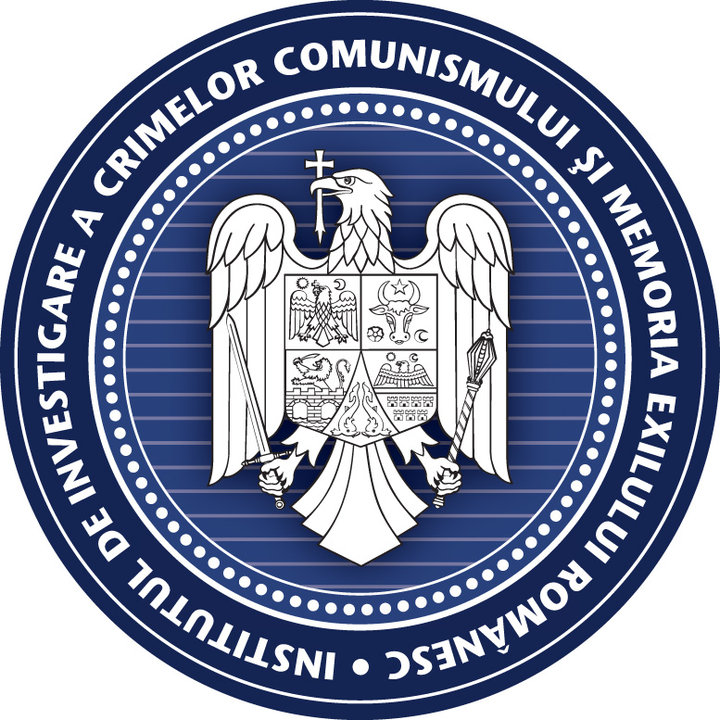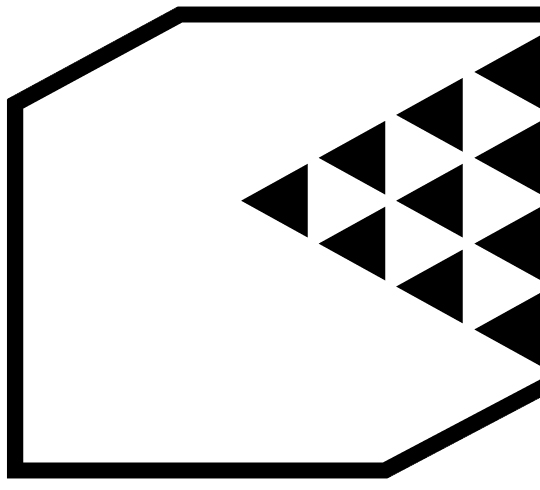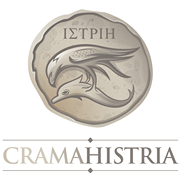|
Romanian Athenaeum
|
|
| Country |
Romania
|
| Region/province |
Bucharest
|
| Name of the cultural property, monument, natural or urban site, or site that has played a key role in European history. |
Romanian Athenaeum
|
| Owner of the cultural property, monument, natural or urban site, or site that has played a key role in European history |
Ministry of Culture and Religious Affairs, administrator George Enescu Philharmonic Orchestra
|
| Public or private authorities responsible for the site or property (delegated management) | |
| Postal address |
Bucharest, sector 1, str. Franklin nr. 1-3
|
| Geographic coordinates of the cultural property, monument, natural or urban site, or site that has played a key role in European history |
Latitude 44o26'29" North
Longitude 26o05'55" East View Larger Map |
| Reasons for listing |
The literary clubs during the first half of the XIX-th century were named Athenaeum, similarly to the academy of Hadrian established in Rome in 135 BC. Thus, cultural establishments appear all over Europe within the academies of Lyon, Marseille, London, first as private establishments, further on dedicated to spread culture. The models for the « Romanian Athenaeum » organizers were the similar establishments of Torino, Madrid, Paris. This popular feature of the Romanian Athenaeum has made the large audience used to a place of creation – scientists, writers, artists etc. Thus, C. Esarcu, V.A Ureche and N. Kretulescu set up in Bucharest, in the year 1865, the institution Romanian Athenaeum intended to « offer the people useful knowledge ».
The Athenaeum was imagined as "a palace of science and arts", where the largest audience had access, in a fastuous ambient, to culture profits – exhibitions, concerts and conferences, library, picture gallery and, later on, even motion-picture performances. In 1886, on the recommendation of Charles Garnier (the author of the Opera house of Paris), the French architect Albert Galleron was selected to design the building of the Athenaeum, which was inaugurated on February 14, 1888. It has become the symbol of the Romanian Kingdom chief town. A representative building of our country's chief town, it is placed on one of the oldest and most representative avenues, Calea Victoriei, across the Royal Palace. A monument classified into A value group, a group of national and universal interest. Very good conservation status (restoration-strengthening finalized in 2004) The establishment is the periodic host of the well-known International Festival and Competition George Enescu. Here is the headquarter of "G. Enescu" Philharmonic Orchestra and also here some of the greatest conductors and instrumentalists and vocalists of the XX-th century had concerts: Erich Kleiber, Sergiu Celibidache, Ionel Perlea, Herbert von Karajan, Dinu Lipatti, Arthur Rubinstein, Pablo Casals, Yehudi Menuhin. At present, the establishment is the permanent host of competitions, concerts, exhibitions and musical events. A touristic and cultural objective mentioned by all the chief town presentation publications. |
| Description of the cultural property, monument, natural or urban site, or site that has played a key role in European history |
Identity file of the site.
|
| History of the cultural property, monument, natural or urban site, or site that has played a key role in European history |
The French architect Albert Galleron whose project was selected by Constantin Esarcu, the founder of the Romanian Athenaeum society.
The building prooved to be necessary to carrying on multiple (cultular, scientific, artistic) activities of the Romanian Athenaeum society, following the development of an "Atheneum" netwrok all over Europe. As an institution, the Romanian Athenaeum society was founded in 1865 by cãtre Constantin Esarcu, V.A. Ureche and Nicolae Cretulescu. The building was erected by two stages (1886-1889; 1893-1897) by means of funds collected by public subscription. In 1889 (the unauguration date), it was finalized the main building with the large hall for concerts and conferences, placed on the former foundations intended to a circus and riding hall of the Romanian equestrian society. Between 1893-1897, by means of the funds assured by the Ministry of Public Education, the building was added a new wing in Poºta Veche street (the present N. Golescu street) and a monumental staur was added to the rotunda on the ground-floor. Fter the first world war, the building was the headquarter of the country's Parliament and the Romanian Athenaeum society became the owner of the whole establishment. Between 1893-1897, by means of the funds assured by the Ministry of Public Education, the building was added a new wing in Poºta Veche street (the present N. Golescu street) and a monumental staur was added to the rotunda on the ground-floor. -The Romanian architect Leonida Negrescu was the author of the extension that included the monumental stair on the ground-floor. Between 1924–1927 the halls of the building basement were refurbished. Between 1933-1937, the painter Costin Petrescu made the large fresco in the concert hall, showing historic scenes, adding a patriotic message to the Belle Epoque inside, by a reach decoration contrasting with the severe front sides. The work of 75 sq. M length and 3 m width was started in 1933 in "al fresco" technique and was inaugurated on May 26, 1938. According to the same interest in decoration it should be mentioned the constant interest uttered by C. Exarhu and Al. Odobescu, since 1888, in achieving the monumental fresco on the circular wall of the hall, a fresco that had to evoke the most important moments of our national history by also giving a true image of the Romanian soul specificity. On the initiative of George Enescu, funds were collected for the installation of the concert organon (1935). 1962-1965 - the ventilation and air-conditioning system (dating since 1888) of the concert hall was restored, as well as thre halls in the basement. 1992-1998 - ample strengthening and restoration works: biodegradation sanitation, strengthening of side-buildings, portic, foyer skylight, spiral-shaped stairs, whole front side restoration by means of homogenous materials, restoration of the concert hall finishing and decorations, stage enlargement, furniture repairing, installations modernization (climatizing, fire distribution netwrok, electric equipment). Strengthening and restorations intermitently went on till 2004. |
| System of protection of the cultural property, monument, natural or urban site, or site that has played a key role in European history, if appropriate |
It has been listed with the Historic Monuments List since the year 2004, under code B-II-m-A-18789, as an A value group architecture monument of national and universal value.
Also protected by Law no. 5/2000 concerning the approval of the Plan on the National Territory Structuring - PATN, Section III, Protected Zones, Values of the cultural patrimony of national interest, (historic monuments of national, exceptional value). |
| State of preservation of the site/object |
Its conservation status is very good due to the late strengthening-restoration works. It was strengthened and restored during the period 2000-2004, by Raluca Nicoara, architect & al. end Dragos Badea, dipl. eng.
It has been reopened after the year 2004 on the occasion of a new "George Enescu International Festival". |
| Policy to promote and enhance the appreciation of the site/property (detail actions already performed and required) |
Permanent musical activities. Audience attracted by annual subscriptions and cultural manifestations enjoying extraordinary participation. Notoriety The « George Enescu International Festival » generates an audience interested in permanently participating in the cultural activities carried on. In fact, the Athenaeum is the first stage of the country, where there are performed the most important philharmonic concerts in Romania.
|
| Cultural exchanges and networking |
Concerts and events promoted by partners.
Among the partners: Radio România Cultural, 7 Seri, TVR, and Reader's Digest. |
| Heritage and creative activities |
Benefiting from this hall, the "Romanian Athenaeum" Society has diversified its activity, the Athenaeum halls being the host of conferences, symphonic concerts performed by the Romanian Philharmonic Society founded since 1868 by Eduard Wachmann, as well as painting exhibitions (starting with 1894, the official belle-arte manifestations were organized in this hall). As a matter of fact, the Philharmonic Orchestra has permanently performed concerts since the very inauguration of the hall in 1888 up to nowadays, an exception being the period between the years 2000 - 2004, dedicated to the strengthening and restoration works. International Festival and Competition George Enescu, numerous concerts and performances organized with the participation of European artists.
|
| Sources and level of finance |
National, financing level - Financing grounded by a loan obtained through the agency of the Ministry of Culture and Religious Affairs, guaranteed by the Romanian Government and granted by the Bank for Development of the European Council (BDCE), amounting five million Euro. The loan covered the cost of the works for the strengthening, restoration and modernization of the large hall for concerts, of the dome, as well as for the restoration of the decorating zinc plate cover of the dome.
|















